Apple iPhone 7 Plus vs iPhone 7: is Apple's larger handset worth it?
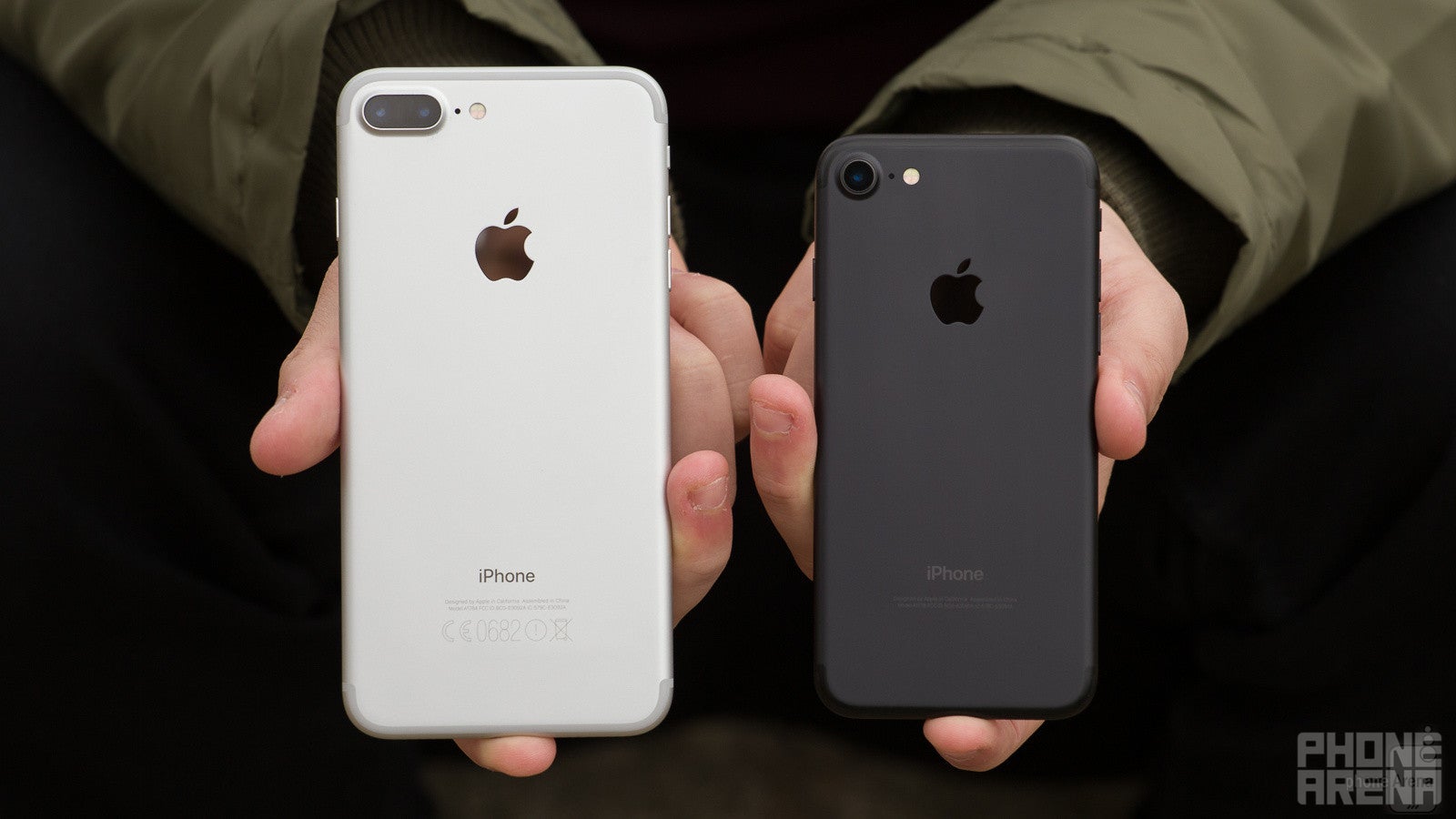
When other experimented with gigantic screen sizes, and the non-explosive Galaxy Notes were proving popular with Android users, Apple still stood by its famous ‘Thumb’ ad. The ad claimed that your thumb goes only a certain distance, which was not larger than the 4” screen on the iPhone 5 and iPhone 5s.
These days, it is the 4" iPhone that feels against 'common sense'. It has its fans, but those are a very small percentage of the population. In fact, the 4.7" iPhone 7 now feels pretty close to what the right size for a modern smartphone is. However, there are still people wanting a bigger screen. For those users, there's the 5.5" iPhone 7 Plus, which, however, feels a bit on the bulky side – and there is no one device in-between the two.
That sure makes choice between the iPhone 7 and 7 Plus hard. More so given that the larger iPhone has a few extra features including a brand new camera. We've been struggling with this choice in the past couple of months, and after living with both phones for a while, here are our guidelines to choosing the right iPhone for you.
Screen, size and comfort
iPhone 7 Plus size pros: faster to type on, better for media. Cons: heavy and uncomfortable if you carry it in your pocket
Some people have larger hands and some have smaller hands, and some people prefer larger displays over small displays.
What we’re trying to say with this truism is that if you prefer to use a smaller phone, the iPhone 7 Plus will be too big for you. However, even if you prefer larger phones, the 7 Plus might still be too big for you.
Many people have no big issue adjusting to a larger-sized phone, but keep in mind that the 7 Plus is still bigger than most other flagship 5.5” phones: it has huge bezels by modern standards, its non-curved back makes it less ergonomic than similar phones with a curved back, and while the phone is not too thick, with a case on top of it, it starts feeling like a tank.
There is one other feature on the 7 Plus that might make even those who swear by smaller phones consider the bigger iPhone this year:
The Telephoto lens
It's legit: portrait mode is awesome
For years, the iPhone has shipped with one main iSight camera: with its 28mm focal distance, it is considered a very universal shooter: it is not too wide to photograph people, yet it’s not too narrow so you can also capture good-looking landscapes.
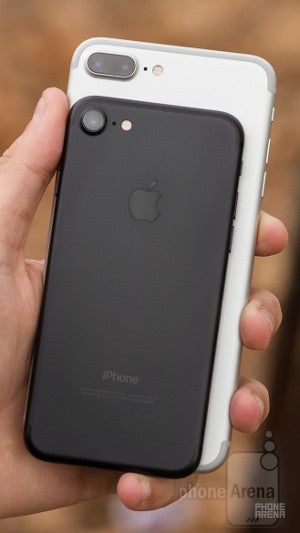
Use the Telephoto lens with Portrait mode for stunning results
The effect is unlike anything you have seen on a phone so far, and it’s indeed something very similar to the bokeh effect you get on a DSLR. Apple calls this ‘Portrait’ mode because the algorithm detects faces and is able to very accurately define their borders to blur only the background behind them, but leave people in perfectly sharp focus. However, it’s more than that: it works with other objects that are a bit further than macro distance yet not too far away. We’ve been testing it for a couple of weeks now and find it to work great most of the time: it does great job capturing memorable pictures of your close ones, of your pets, of natural beauty like flowers, and it just excels at making the thing you take a picture of stand out and get noticed. It’s a profound change. A small thing to note is that portrait mode shots come in files that are nearly half the size of the regular iPhone pictures.
Back to the topic of discussion, though: Portrait mode with the new Telephoto lens combined are a serious enough reason to get the 7 Plus over the iPhone 7. However, as much as we like it, it does not change the fact that the 7 Plus will still feel uncomfortably big for some in the everyday grind. We ultimately could not make peace with the large size and went back to the 7, but miss Portrait mode a hell lot.
Battery life and charging times
The other big advantage of the iPhone 7 Plus is its bigger battery: 2,900 mAh vs 1,960 mAh on the smaller iPhone. Numbers don't tell the whole story, so here are some real life impressions: the 7 Plus will easily last you a full day of pretty much whatever you throw at it. If you don't spend your day shooting and streaming 4K video, though, it will likely last you a day and a half, and with moderate use you will be able to get two days off of it.
The iPhone 7 will have enough battery to last you a full day with heavier use and it may go to a day and a half, but it simply does not last as long as the 7 Plus.
Neither of the two supports quick charging in any form, which is a shame. If you forget to charge your phone at night and need to recharge during the day, you should know that it takes a long 2 hours and 21 minutes to fully charge the iPhone 7 and it takes an unbearable 3 hours and 17 minutes to fully replenish the battery on the 7 Plus.
Conclusion and the price to pay
All in all, there are three main reasons to get the 7 Plus over the 7: the larger screen and the excellent Telephoto camera with Portrait mode are the two bigger reasons, and the slightly better battery life is the lesser yet still important third reason. These three reasons come at a price: $120 over the price of the regular iPhone 7, which already isn't a cheap phone.
As much as the larger iPhone 7 Plus is more capable, though, it also is - quite literally - a heavy burden to carry. The phone is bigger than most other 5.5” phones, and heavier too.
If you really want a phone of reasonable size, chances are you won’t be happy with the big one. Yes, you won’t get a secondary camera, but you will get a device that is comfortable to carry around and use in the everyday grind. And you will save some cash along the way.
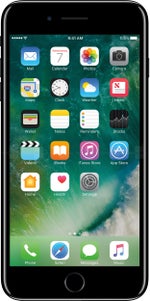
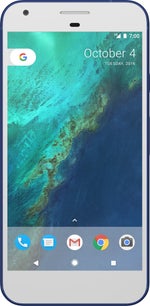

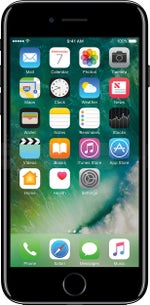










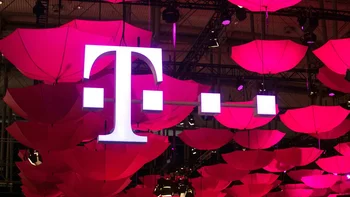






Things that are NOT allowed: